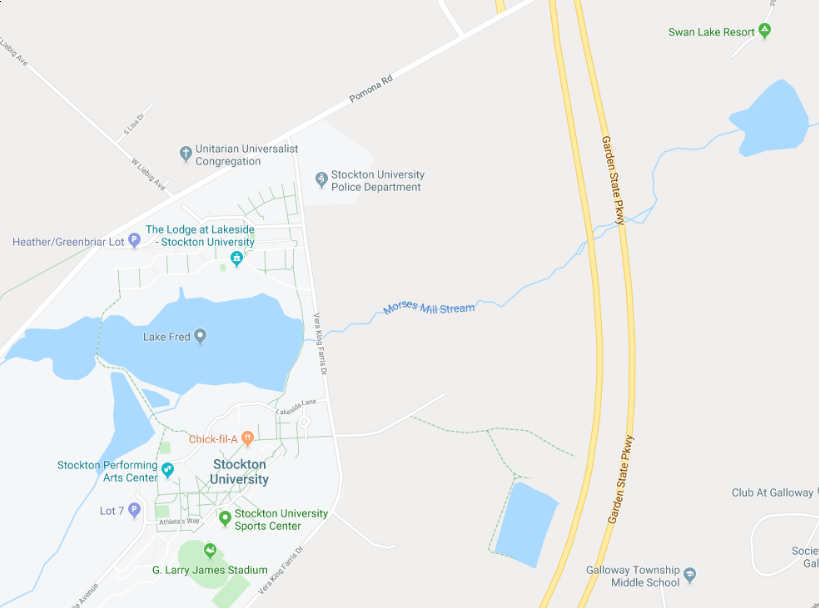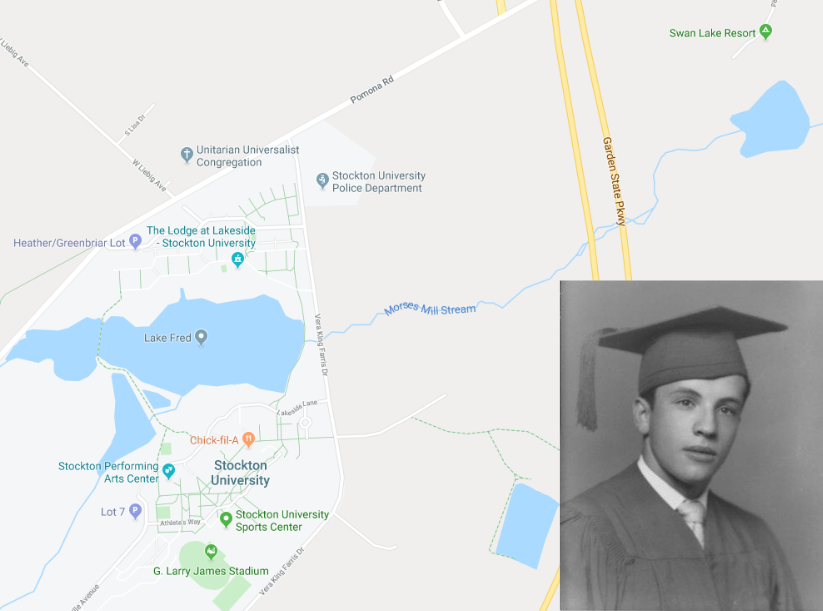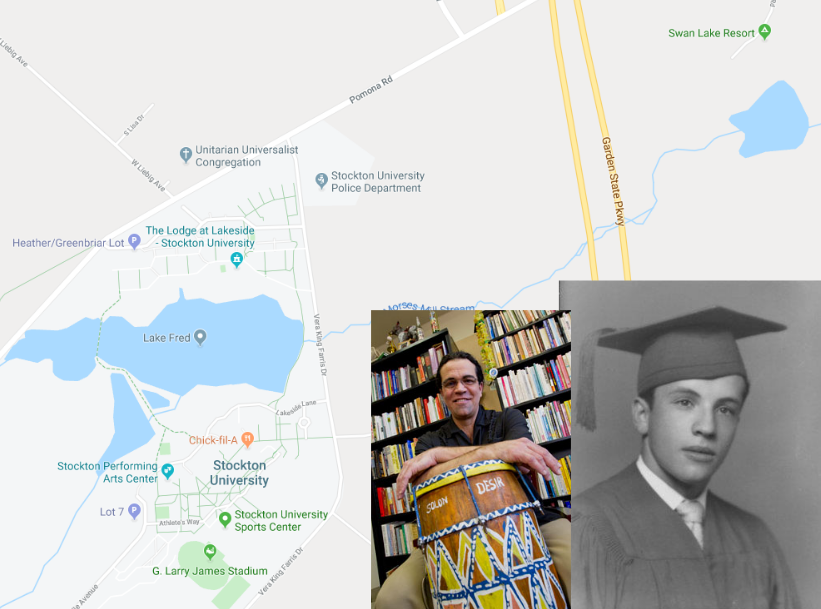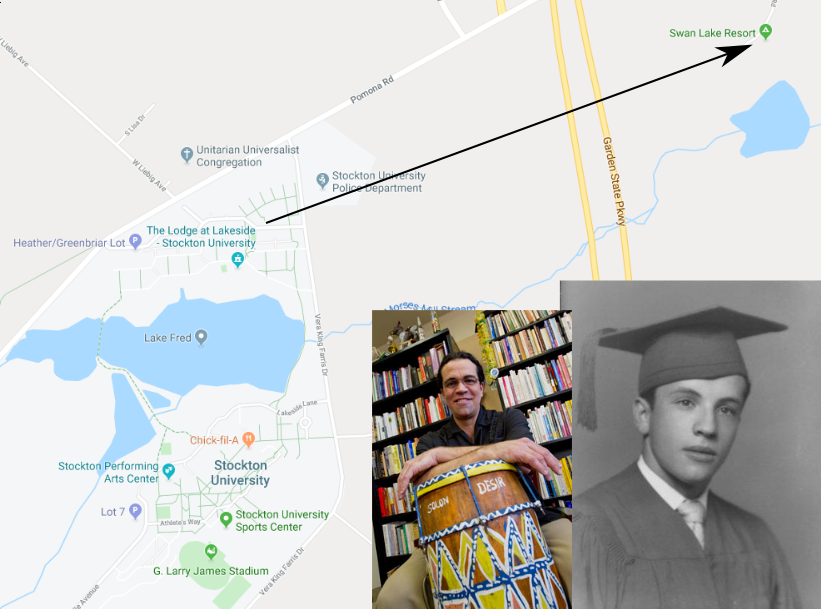Show me the code

1/19/23
This course introduces the fundamental concepts of spatial data analysis. Key fundamentals include spatial sampling, descriptive statistics for areal data, inferential statistics, use of maps in data analysis.
The course takes an explicitly computational thinking approach to its pedagogy. Students are introduced to computational concepts and tools that are increasingly important to research that engages with geospatial data. By adopting these tools, students acquire a deeper engagement with, and mastery of, the substantive concepts.
In the scope of a 15-week semester course we can only introduce a handful of the key concepts and methods relevant to the field of spatial data analysis. As such, the course is not intended as an exhaustive treatment. Instead, the goal is that students will acquire an understanding of the more common and useful methods and practices, and use the course as an entry point for further engagement with the field.
All required readings are available through the links listed below. Assigned readings should be completed before the date listed in the schedule (see below). Readings are a critical part of the discussions we will hold in class, and therefore coming into class prepared means having completed the readings and thought about the content. It will be difficult to do well in this course without having completed the readings.
| Abbrevation | Source |
|---|---|
| GDS | Rey, S.J., D. Arribas-Bel, L.J. Wolf (2023) Geographic Data Science with Python. CRC Press. |
| GSA | de Smith, M., M.F. Goodchild, P.A. Longly (2021) Geospatial Analysis. Winchelsea Press. |
| SAH | de Smith, M. (2021) Statistical Analysis Handbook. Drumlin Security Ltd. |
| Week | Dates | Topic | Reading | Activities |
|---|---|---|---|---|
| 1 | Jan-19 | Introduction | ||
| 2 | Jan-24 | Spatial Analysis | GDS 1 | Quiz 1 |
| Jan-26 | Spatial Analysis Software | GDS 2 | Exercise 1 Out | |
| 3 | Jan-31 | Spatial Data | GDS 3 | |
| Feb-02 | Point Pattern Basics | GDS 8.1 |
| Week | Dates | Topic | Reading | Activities |
|---|---|---|---|---|
| 4 | Feb-07 | Centrography | GDS 8.2 | Quiz 3 |
| Feb-09 | Point Processes | Exericse 1 Due | ||
| 5 | Feb-14 | Nearest Neighbor Methods | GDS 8.3 | Quiz 4 |
| Feb-16 | Distance Distributions | Exercise 2 Out | ||
| 6 | Feb-21 | Area Data | GDS II | Quiz 5 |
| Feb-23 | Visualization of Area Data | GDS 5 |
| Week | Dates | Topic | Reading | Activities |
|---|---|---|---|---|
| 7 | Feb-28 | Spatial Autocorrelation Concepts | GDS 6.1 | Quiz 6 |
| Mar-02 | Spatial Weights | GDS 4 | Exercise 2 Due | |
| 8 | Mar-07 | Join Count Tests | GDS 5.1 | Quiz 7 |
| Mar-09 | Global Autocorrelation Tests | GDS 5.2 | ||
| 9 | Mar-14 | Local Autocorrelation | GDS 6 | Quiz 8 |
| Mar-16 | Geostatistical Data | GSA gs | Exercise 3 Out |
| Week | Dates | Topic | Reading | Activities |
|---|---|---|---|---|
| 10 | Mar-21 | Spatial Interpolation | GSA int | Quiz 9 |
| Mar-23 | Kriging | GSA krg | ||
| 11 | Apr-04 | Introduction to Multivariate Analysis | SAH mv | Quiz 10 |
| Apr-06 | Correlation and Spatial Correlation | SAH cor | Exercise 3 Due | |
| 12 | Apr-11 | Introduction to Regression | GSA reg | Exercise 4 Out |
| Apr-13 | Inference in Regression | SAH inf |
| Week | Dates | Topic | Reading | Activities |
|---|---|---|---|---|
| 13 | Apr-18 | Regression with Spatial Data | GDS 11 | |
| Apr-20 | Diagnostics for Spatial Effects | |||
| 14 | Apr-25 | Spatial Dynamics | GDS 9 | Exercise 4 Due |
| Apr-27 | Next Steps With Spatial Data Analysis | |||
| 15 | May-02 | Presentations | ||
| May-04 | Presentations |
GEOG385 uses specification grading in evaluating student work and in determining your final course grade. Your course grade will be based on the quality and quantity of the work that you submit that is evaluated to be of an acceptable level of quality. The acceptable level of quality demonstrates competency in the concepts and methods covered in the course.
| Level | Hurdles |
|---|---|
| A | Pass at least 8 of 10 quizzes, earn "Demonstrates Competency" on 4 of 4 exercises, |
| and submit an project that earns "Demonstrates Competency" | |
| B | Pass at least 7 of 10 quizzes, earn "Demonstrates Competency" on 3 of 4 exercises |
| C | Pass at least 6 of 10 quizzes, earn "Demonstrates Competency" on 2 of 4 exercises |
| D | Pass at least 5 of 10 quizzes, earn "Demonstrates Competency" on 1 of 4 exercises |
| F | Fail to clear D-level hurdles |
Quizzes are graded on a pass/fail basis. Starting in week two, there will be a quiz due before each Tuesday session that pertains to the background reading that is required before our work in class.
Four exercises will be introduced in class and are due in two weeks.
Each exercise is graded using a CRN rubric that classifies work with marks of C ("Demonstrates Competence"), R ("Needs Revision"), or N ("Not assessable"):
Of each exercise the following questions will be asked: Does the work demonstrate that the student understands the concepts? Does the work demonstrate competence and meet the expectations outlined in the exercise?
If the answer is "yes" to both of the questions, a student passes the hurdle for that exercise.
If the initial submission does not clear the hurdle, then a second question is asked: Is there evidence of partial understanding of the concepts? If the answer to this question is "Yes" the student can exchange one token to attempt a revision of their work. If the answer is "No", the student does not clear the hurdle for this exercise and will not have the opportunity to revise their work.
The project is a required hurdle to earn a level A grade. In order to clear this hurdle, the project must obtain a "Demonstrates Competence" evaluation. There will be opportunities for feedback along the way, but the final submission will be evaluated. There will be no opportunity for revising this final submission.
Students need to commit to the project by specifying their team (maximum of 4 members on a team) by 2-09. Once the commitment is made, the team composition is final. Any student who does not submit a team definition by this date will not be able to pursue the project.
Details on the project rubric will be given out on 3-02.
A closed book, closed note, timed final exam will be given on May 10 (13:00-15:00). The exam will be based on a blend of previous quiz questions and additional questions that pertain to material covered in class.
Each student is provided with three tokens at the beginning of the semester.
One token can be used for a one-day extension for an exercise.
One token can be used to revise an exercise that was submitted on-time but evaluated as "Needing Revision".
Two tokens can be used to request a make-up date for the final exam.
Handing in an exercise at least 24 hours before its due date.
Submitting all four exercises on time (or early).
Attempting all 10 quizzes.
Each token that remains unused after 4-27 will be counted as a passed quiz. Tokens cannot be exchanged with other students.
If you are a student with a disability and are in need of accommodations for this class, please contact Student Ability Success Center at (619) 594-6473 as soon as possible. Please know accommodations are not retroactive, and I cannot provide accommodations based upon disability until I have received an accommodation letter from Student Ability Success Center.
Student Privacy and Intellectual Property: The Family Educational Rights and Privacy Act (FERPA) mandates the protection of student information, including contact information, grades, and graded assignments. I will use [Canvas / Blackboard] to communicate with you, and I will not post grades or leave graded assignments in public places. Students will be notified at the time of an assignment if copies of student work will be retained beyond the end of the semester or used as examples for future students or the wider public. Students maintain intellectual property rights to work products they create as part of this course unless they are formally notified otherwise.
The SDSU student academic integrity policy lists violations in detail. These violations fall into eight broad areas that include but are not limited to: cheating, fabrication, plagiarism, facilitating academic misconduct, unauthorized collaboration, interference or sabotage, non-compliance with research regulations and retaliation. For more information about the SDSU student academic integrity policy, please see the following: http://www.sa.sdsu.edu/srr/index.html.
As course instructor, I am dedicated to providing a harassment-free learning experience for all students, regardless of gender, sexual orientation, disability, physical appearance, body size, race, religion, or choice of operating system. All course participants are expected to show respect and courtesy to other students throughout the semester. As a learning community we do not tolerate harassment of participants in any form.
All communication should be appropriate for a professional audience including people of many different backgrounds. Sexual language and imagery are not appropriate in this course.
Be kind to others. Do not insult or put down other students. Behave professionally. Remember that harassment and sexist, racist, or exclusionary jokes are not appropriate for this course.
Students violating these rules may be asked to leave the course, and their violations will be reported to the SDSU administration.
This code of conduct is an adaptation of the SciPy 2018 Code of Conduct.

You can choose to either use an account on our course JupyterHub or install the packages on your own laptop.
Either way, you will be using Jupyter Notebooks for all computation:








Take a few minutes and let us know a bit about yourself
Introduction to Spatial Analysis